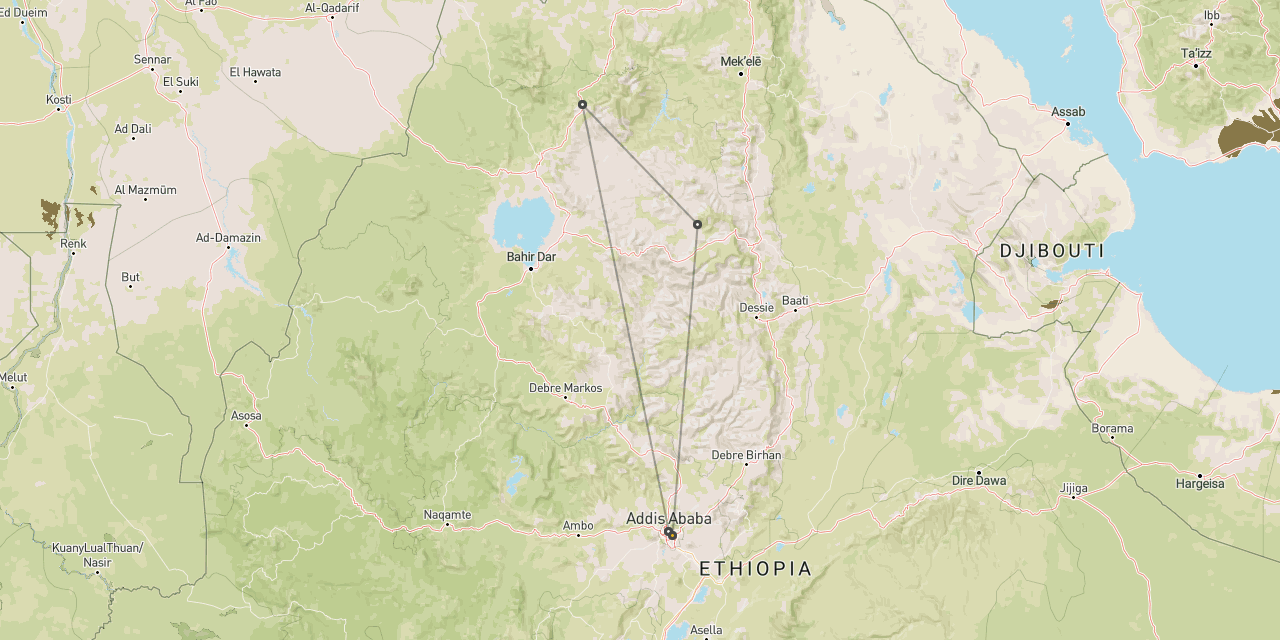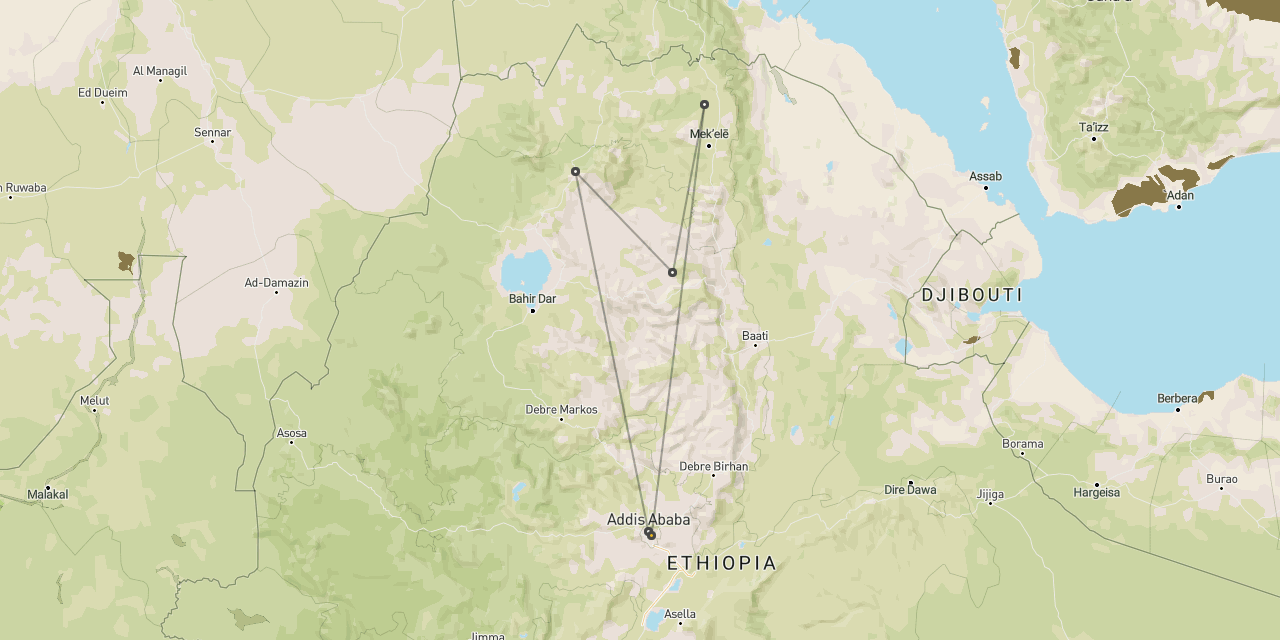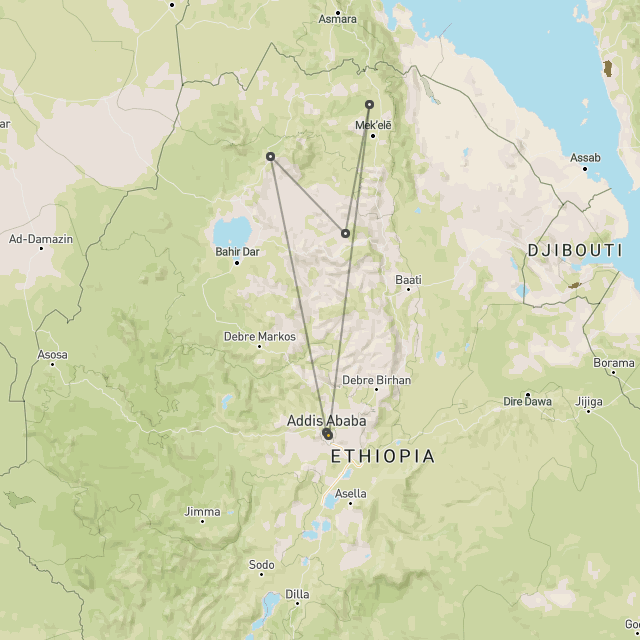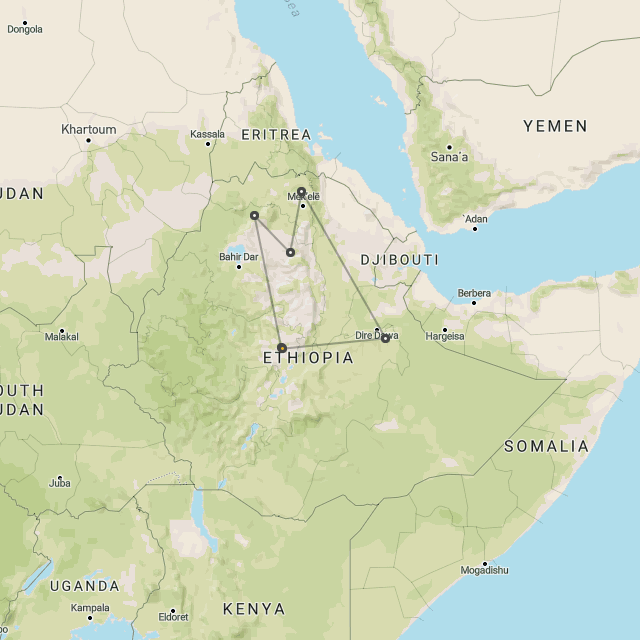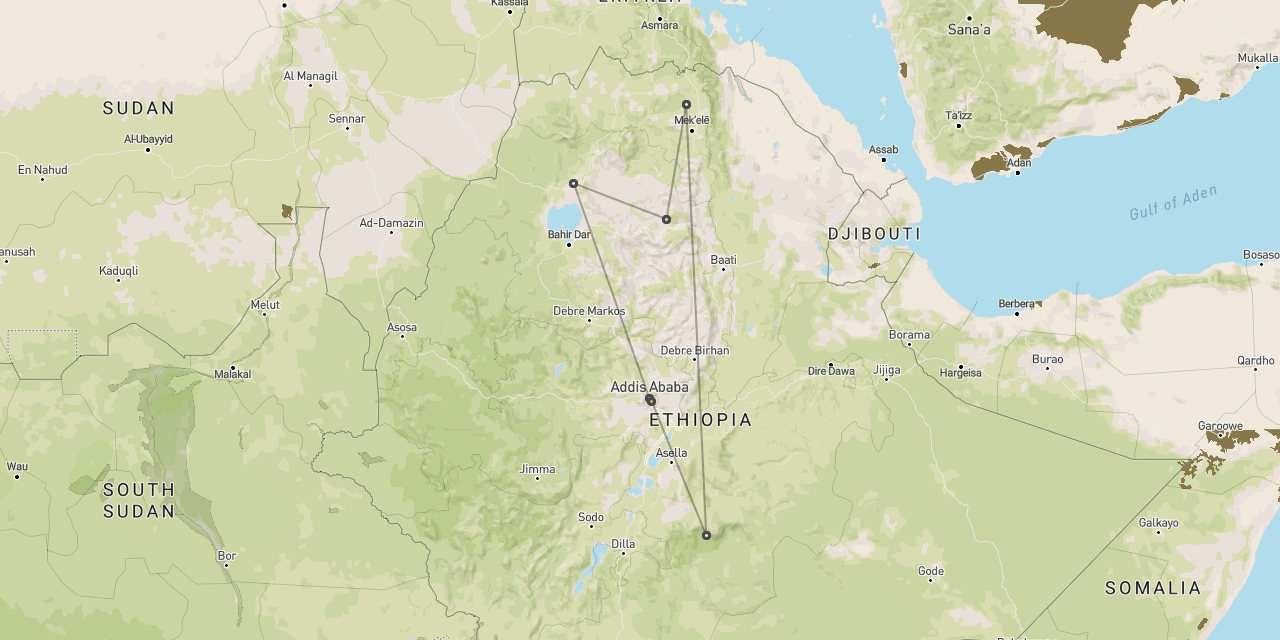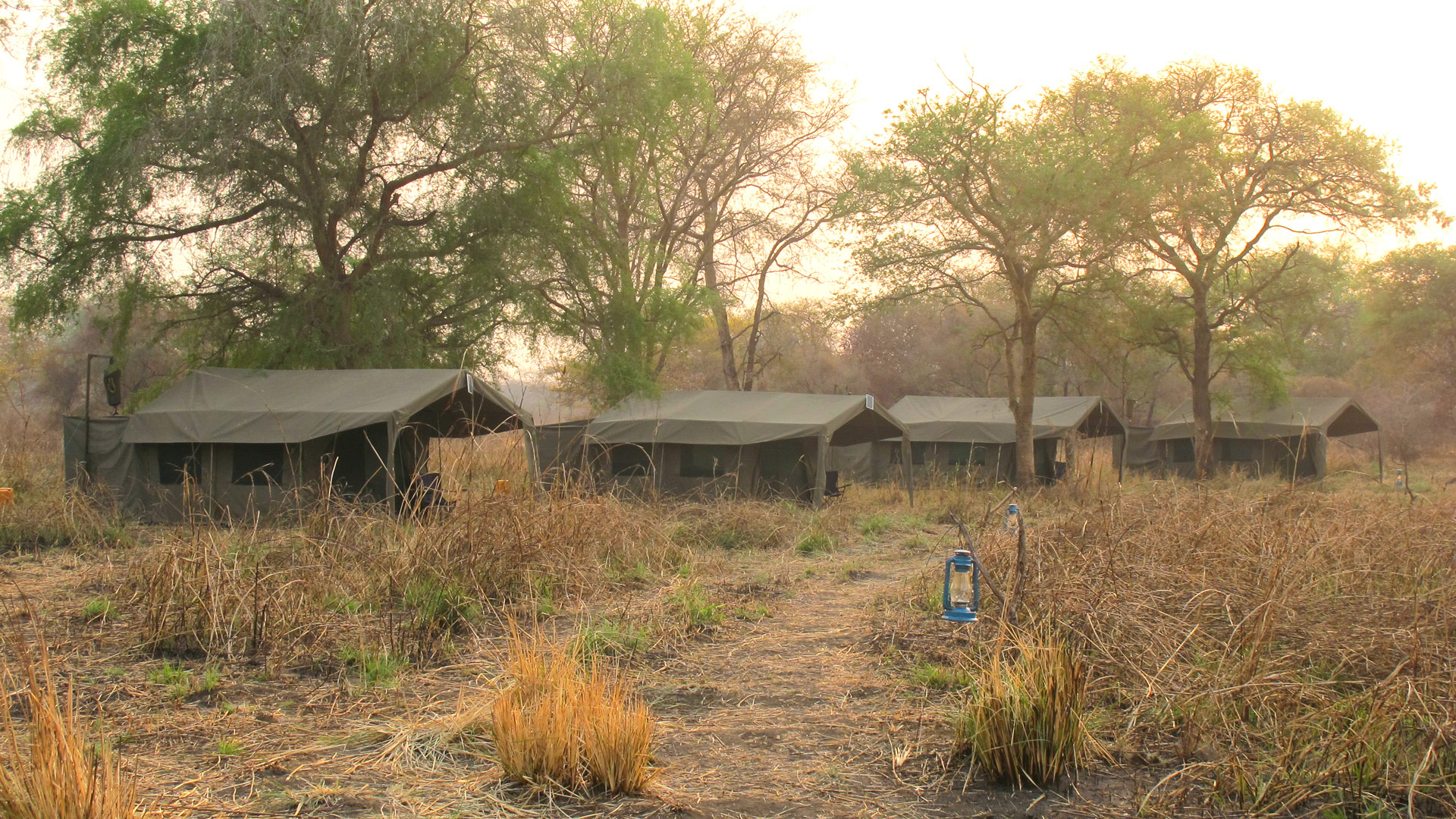
Gambela Expedition Camp
Gambela Expedition Camp
is a remote mobile base
in the west of Ethiopia

safari can only be operated by helicopter
Gambela Expedition Camp is a full service mobile tented camp that we use to support our helicopter explorations of the otherwise inaccessible Gambela area of southwest Ethiopia.
We tend to use two separate locations for the camp, one in the north and one in the south.
In safaris which spend 7-10 nights in Gambela, we will usually split the time between the two camp locations, three nights in each. The middle night, whilst the camp is being moved, we take a limited amount of equipment out in the helicopter and set up a bivouac camp in a very remote location somewhere deep inside the park.
The main camp comprises a simple tented mess with dining table and chairs, alongside a campfire. Guest accommodation is in large safari tents with simple bush bathrooms to the rear.
The bivouac camp comprises simple mosquito net tents with cot beds, some very simple bush bathroom facilities, plus a few chairs on which to sit around a campfire. Nothing more than that.
On shorter safaris we usually choose one of the two camp locations to use as a base, with the possibility of a night out in the bivouac camp.
Activities
On a safari like this, days can be very much planned on-the-hoof, to go wherever the whim takes you.
Helicopter safari
The primary activity in Gambela is helicopter safari, in which you are able to comprehensively explore the park, covering vast areas in search of interesting wildlife.
It is important to note that the animals in the reserve are so unhabituated to people that they tend to be very skittish. So whilst we are free to land anywhere and head out on foot, this is no guarantee of good sightings.
For this reason, most of the wildlife sightings are from the helicopter, punctuated by stops for drinks, picnic lunches and gentle walks.
As well as trying to find and observe the vast herds of migrating kobs, the mission will usually include trying to find some of the reserve’s shy elephants and Nubian giraffes, which most commonly hang out in the remote southwest corner of the reserve.
South Camp
The more southerly camp location is situated close to the Gilo River, an area which is reasonably strong for general wildlife, where walking safari can deliver sightings of animals including resident kobs, buffaloes, lions, warthogs, Lelwel’s hartebeest, tiangas, roans and waterbucks.
It’s also possible to visit the villages of the local Anauk people who, although mostly dressed in western clothes, continue to live largely in the traditional fashion, with beautiful thatched and woven huts. They are a tall, dark-skinned people, superficially similar in appearance to the Maasai, and they too practise a certain amount of skin scarification. Their primary occupation is fishing along the river.
North Camp
The more northerly camp location is set in a forested copse about 1km from the Baro River, where you are likely to encounter spotted hyenas and a host of birdlife.
The main highlight of this area is the large migratory herds of kobs that you will hopefully encounter. You should also see baboons, mantled guerezas (eastern black-and-white colobus or Abyssinian black-and-white colobus monkeys), patas monkeys and some amazing birdlife on the network of smaller lakes, notably including shoebill storks.
In this area you are able to visit the Nuer people, similar to the Anauk, but who tend to be more focused on livestock than fishing.
Gallery
Map
Gambela is virtually inaccessible by conventional means. We estimate that fewer than a hundred people manage to get into the reserve each year, possibly a good deal fewer than that.
The road that winds its way west is tortuous and takes days to cover. Then once you arrive at the park, the road network for wildlife viewing is extremely limited. If you tried to visit this way, then chances are the trip would be frustrating and fruitless.
Although the Baro River and its tributaries would appear to be ideal for water-based expeditions, we have been advised by the local experts that this is not recommended.
The only way to presently access Gambela satisfactorily is by helicopter, supported by a mobile tented camp, flying from area to area in search of wildlife, landing and heading out on foot. This may be an expensive undertaking, but it certainly is extraordinary.
Obviously all such trips are operated in the company of a serious guide. We most commonly used the excellent Graeme Lemon, a Zimbabwean who has lived and worked in Ethiopia for many years. He’s perhaps the only person we would trust with a safari of this nature.
These safaris usually last 3-7 nights, typically starting in Addis Ababa, heading out to Gambela and then continuing south to the remote Southern Omo Valley, before returning back to the capital.
An 8-14 night safari of this nature is truly something beyond the ordinary, the kind of thing that experienced safari travellers dream of doing before they die!
Seasonality
The best time to visit Gambela is generally considered to be during the Nov-Mar dry season and especially Feb-Mar for the kob migration.
Timing a visit to coincide with this migration can be a little tricky, since the animal movements do vary depending on how much rain falls in a particular year. Usually we reckon on February being the best bet, but in 2020 the main herds didn’t really start to arrive until the end of that month. The problem with leaving it later is the ever increasing risk of significant rainfall. Early to mid March is probably the best bet. The herds tend to head back into South Sudan during June.
The converse Apr-Oct green season is particularly long and wet in this area, especially Jul-Sep, when rainfall peaks at around 200mm/4″ each month.
Helicopter safaris can operate throughout the year, but any safari that depends on vehicles (notably when we need to drive in a substantial support camp) are virtually impossible throughout the rainy season.
Temperatures should be comfortable year round, although it can get a little bit humid and muggy in advance of the rains, which is unfortunately the time that you are most likely to visit.
Getting there
Since Gambela is explored by helicopter, it is easy to connect to anywhere in the country. Trips can start or end at the main airport in Addis Ababa.
If you are planning to explore the north of the country, then you can be collected from locations like Lalibela or Gondar.
Perhaps the most popular combination is with the equally remote Lower Omo Valley to the south.
easily combined with other remote parts of Ethiopia
let us know your thoughts about Ethiopia
and we will help to create the perfect safari
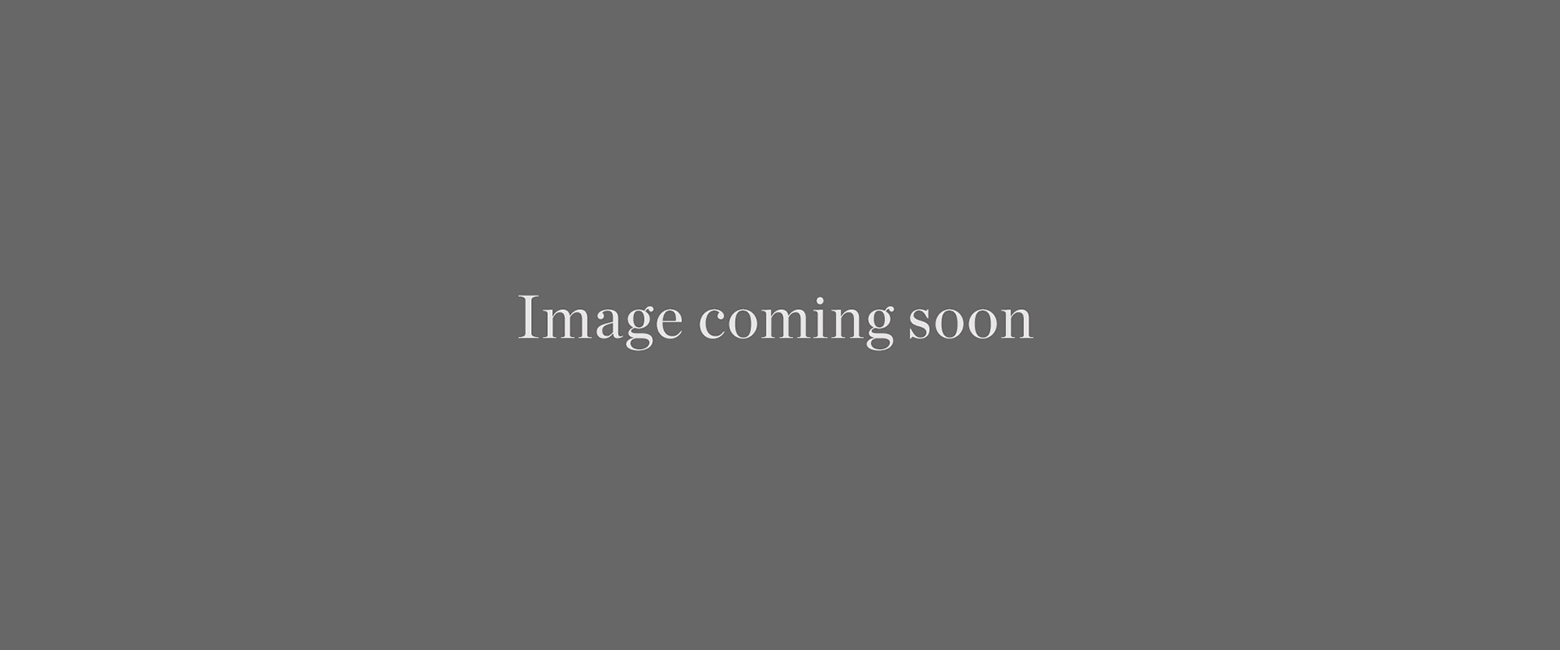
Extraordinary tailor-made adventures,
from earthy and edgy to easy and extravagant
From around USD 2500 per person, you set the ceiling

Get started on your trip
It’s never too soon to get in touch, we are here to help with every stage of your planning.
Sample Trips
Here are some of our popular trip shapes
Best Lodges
We regularly inspect and photograph all of the the best lodges, to ensure that we always recommend the most suitable options
Key Locations
Take a look around related locations. Click ‘View more’ to explore locations further afield.
Where Next?
Where Next?
We offer trips to dozens of fabulous countries.
Might one of these might be your next great adventure?

Please rotate your screen.
